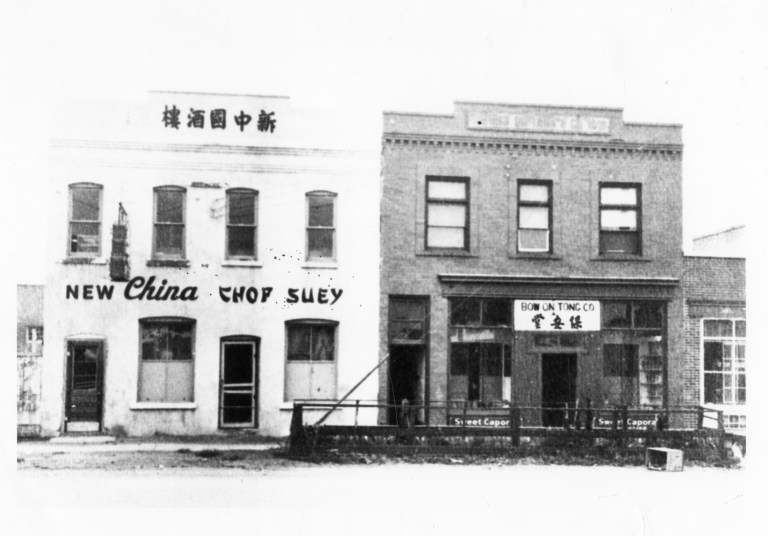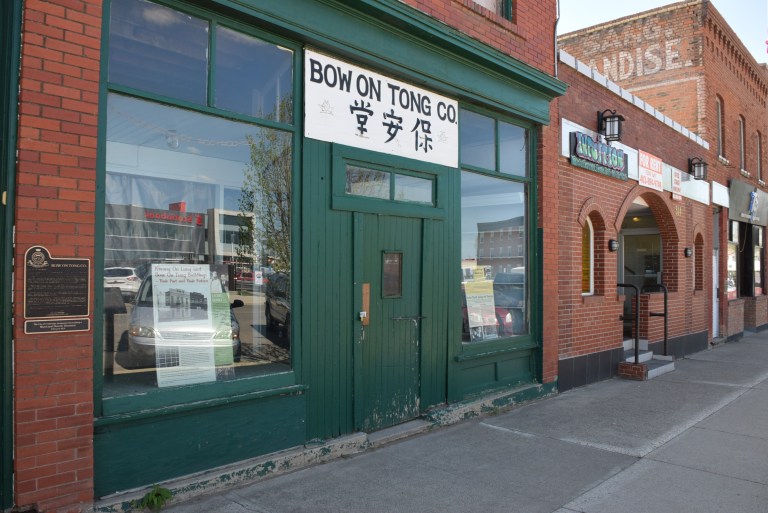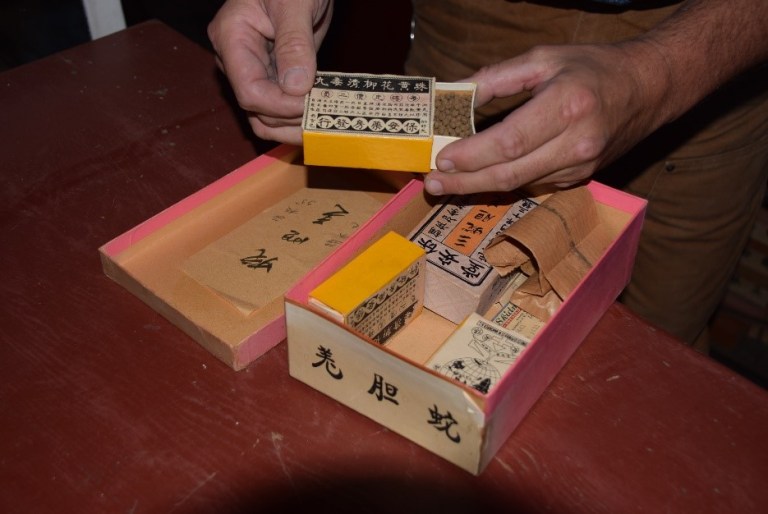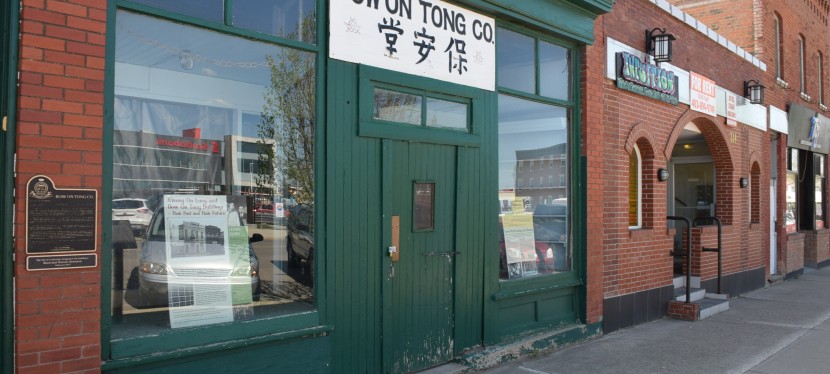Editor’s note: Welcome to the fourth post in a series of blog posts developed with municipalities in mind who either have or are considering undertaking Municipal Historic Resource designation. In this post, we will continue to discuss Statements of Significance as the primary tool for summarizing the significance of designated historic places. You can read the previous post here.
For more information, please review the “Creating a Future” manuals available here or contact Rebecca Goodenough, Manager, Historic Places Research and Designation at rebecca.goodenough@gov.ab.ca or 780-431-2309.
Written by: Dorothy Field, Heritage Survey Coordinator, Sandy Aumonier, Heritage Conservation Adviser and Allan Rowe, Historic Places Research Officer, Historic Resources Management Branch
As previously mentioned, a Statement of Significance (SOS) is a one- to two-page summary document written as a clear, concise and brief narrative of a historic resource. It is written for a broad audience that is not familiar with the resource. The SOS has three sections: description of historic place, heritage values and character-defining elements.
An SOS is central to understanding a resource and any of its elements that might be protected and why.
If a historic resource is designated, the SOS will thereafter be an important planning and property management tool and essential for developing a conservation plan for ongoing management of the resource.
Heritage value
Heritage value is the aesthetic, historic, scientific, cultural, social or spiritual importance or significance of a resource for past, present or future generations. Each historic resource will have a unique heritage value or values.
Heritage value is what makes a historic place significant to a community of people. It is important to recognize that not all heritage values may be immediately visible. The identification of heritage values can be a long process, involving site inspections, research and consultation with different community groups and stakeholders.
How to identify heritage value
The Heritage Value of a historic resource relates to the significance criteria discussed in the previous blog post on determining significance. The Heritage value section of an SOS should answer the question: “Why is this resource important or significant?”
When writing this section be sure to:
- Mention events, persons and other historical facts only if they are integral to the value of the historic resource. The Heritage Value section should NOT be a history of the site and its use or occupation.
- Avoid including personal information such as the name of a current individual owner or living persons
- Two or three paragraphs of text in narrative format should be sufficient – be concise and direct
- Under each heritage value try to refer to physical aspects of the site
Bow On Tong Co. Building
To help articulate how to write a heritage value statement, we will use the example of the Bow On Tong Co. Building, a two storey brick building located in Lethbridge’s historic Chinese neighbourhood.

The heritage value section of an SOS should begin with a summary statement, listing the heritage values. This is followed by paragraphs that focus on each of the heritage values.
The Bow On Tong Co. Building was determined to possess significance under Criterion A “Theme, Activity, Cultural Practice or Event”. The specific themes associated with this site relate to Chinese immigration and settlement, social structures of Chinese-Albertan communities and Chinese-Albertan domestic life. As a result, the first paragraph of the heritage value statement reads:
The heritage value of the Bow On Tong Co. Building rests in its reflection of Chinese immigration and settlement in early twentieth-century southern Alberta. It is further significant through its association with the historic role played by the merchant class in Chinese-Albertan communities. Finally, the building is significant for its reflection of early twentieth-century Chinese-Albertan domestic life through its long association with the Leong family.
The first heritage value discusses Chinese immigration. Note that the text articulates how this process physically established a community in which the building resides.
Built in 1919, the Bow On Tong Co. Building is significant for its association with Chinese immigration and settlement in early twentieth-century southern Alberta. The building originally opened as the Tai Sing Co. store and from the outset it doubled as a lodging house for newly-arrived Chinese immigrants, illustrating the significant role played by merchants who provided accommodation in Chinese-Albertan communities. The Bow On Tong Co. Building is one of several historic Chinese structures located on the south side of Second Avenue South, and the building’s original spatial context is strongly conveyed by the exceptional historical integrity of the overall streetscape. The structure’s historic use as a store is manifest in its form and massing – typical of early twentieth-century commercial blocks in Lethbridge – as well as its prominent signage, wooden storefront, large display and clerestory windows, and original wooden cabinets with Chinese lettering lining the south and west walls (in continuous use since the late 1920s). As a highly intact example of a Chinese commercial building, the Bow On Tong Co. store strongly reflects the history of Chinese-Albertan urban settlement and contributes greatly to the overall integrity of one of the province’s oldest distinct Chinese neighbourhoods.

The second heritage value speaks to the Chinese merchant class. Note that the text includes historical references only as necessary to help contextualize the experience of Way Leong as part of broader patterns of Chinese merchants in Alberta.
The Bow On Tong Co. Building is additionally significant for its association with the historic roles of the Chinese merchant class in Alberta as exemplified by Way Leong, who purchased the building in 1926. Merchants occupied a prominent place in the social structure of Chinese-Albertan communities. In addition to their economic role as entrepreneurs, merchants exercised considerable influence as associational leaders, community spokesmen and cultural brokers. Way Leong is strongly representative of this social class and as a result, the Bow On Tong Co. Building reflects the personal and professional activities that characterized this unique and important group. First and foremost, the Bow On Tong Co. store was a substantial and enduring commercial enterprise that operated continuously as an apothecary and Chinese goods importer under the ownership of the Leong family for over ninety years. It was the commercial anchor of Lethbridge’s Chinatown and stands as an important reminder of the larger contribution of Chinese merchants to Alberta’s economic growth and development. The building was also an important site of associational activity, hosting meetings of the Leong clan association (of which Way Leong was a leading organizer) from 1929 through 1967. Such associations were essential features of Chinese settlement throughout Alberta and were also an important means through which prominent merchants could exercise leadership and influence within their communities. The building was a site of sustained commercial, associational and social use that reflects the historic presence and contributions of the merchant class in Chinese-Albertan communities.


The third and final heritage value links use of the building to the experience of the occupant family and how it relates to the larger history of the immigrant group. This heritage value also connects the imposition of broader discriminatory policies to the resulting use of the building.
Finally, the building draws additional significance as a domestic space long associated with the daily lives of the Leong family – Way, his wife Florence who immigrated to Canada from Hong Kong in 1919, and their thirteen children. The structural racism faced by Chinese immigrants most notably the $500 Head Tax (1903) and the full exclusion of Chinese immigrants from Canada in 1923, created particular conditions that made family formation very rare in Chinese-Albertan communities. The small number of Chinese families that did settle in Alberta in this period were overwhelmingly drawn from the merchant class, who represented only a small proportion of the overall Chinese population but were exempt from the Head Tax and could thus afford to bring their wives over from Canada. Available evidence suggests that there were as few as sixteen Chinese merchant families in Alberta after the passage of the Chinese Immigration Act in 1923 – as such, Florence and Way Leong were joining an extremely small social group when they arrived in Lethbridge in 1926. Merchant families played an essential role sustaining Chinese-Albertan communities during the Exclusion Era (1923-47), when new immigration was banned and population growth came only from natural increase and migration from other provinces. As such, Florence’s presence allowed her to play an important role helping to operate the Bow On Tong Co. store, and her decades-long association with the building reflects the important and often overlooked contributions of women to the success of Chinese-Albertan businesses. The Leong family’s long association with the building reflects an important social dimension of Chinese history in Alberta – the presence of merchant families, and the emergence of an Albertan-born Chinese settlement population.

Why is Heritage Value Important?
Heritage value is important because it describes the reason for preserving a historic resource. Understanding why a resource has heritage value is also the first step in determining what character-defining elements (the third and final section of an SOS) must be preserved in order to ensure that the resource can continue to communicate its significance.
Understanding heritage value is essential to all stages of heritage conservation work, from making the case for designating a site to identifying the best strategies to protect it. Ultimately, well-defined heritage values explain why sites are essential to understanding Alberta’s rich and varied past.
It is important to remember that heritage values are constantly evolving; those parts of a building or place that mean very little today may be incredibly important in the future. Heritage values can also evolve as researchers develop new questions and make use of new sources.
The next blog in this series will explain how to write the third and final section of a Statement of Significance: the character-defining elements.



Its all probably in here somewhere, but how do the municipalities deal with the issue that they are liable to pay “compensation” for perceived loss on the value of designated properties, or has that legislative aberration been corrected in the last few years?
Ian C.